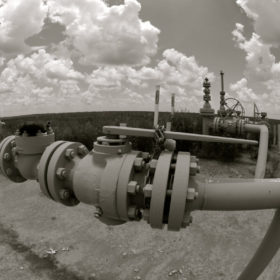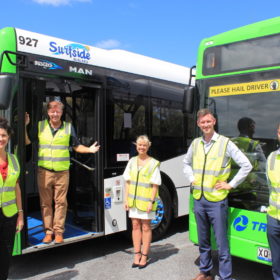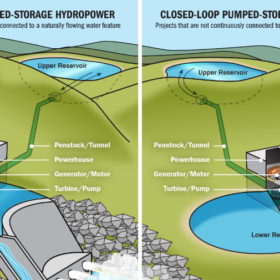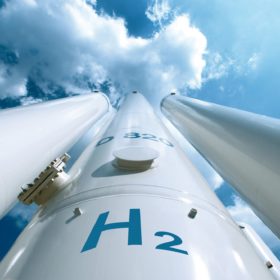Blue hydrogen and blended pipelines: the prospects of a like-for-like transition
On Monday, an Australian–Japanese consortium announced plans to potentially develop a $1 billion plus ‘low emissions’ hydrogen project in Western Australia. The announcement was preceded by a year of gas companies loudly declaring schemes to blend hydrogen into their pipelines. Clearly, many powerful Australian are putting their money on a like-for-like transition. pv magazine Australia spoke to hydrogen experts Andrew Horvath and Scott Hamilton about how they see the hydrogen wave evolving, and why a clean swap is unlikely.
‘Carbon negative’ hydrogen & ammonia hub plan partially unveiled for Bundaberg
Plans for a $400 million green hydrogen and ammonia hub in Bundaberg on Queensland’s coast were partially released on Tuesday, with Clean Holdings’ chief executive Ken Mathews telling pv magazine Australia another major project partner is to be announced shortly. As it stands, the project will use hydrogen technology from the newly minted CAC-H2 to gasify agricultural waste from the region and separate out the hydrogen in a process the company’s energy CEO described to pv magazine Australia as “greener than green”.
More solar records broken
On Sunday, Australia set a new record for minimum operational demand, with the national grid dipping below 14 GW. Renewables met 55% of that, while rooftop solar accounted for 34%.
Households could save $5,443 a year and a third of national emissions by electrifying, report says
Converting all home appliances and cars to run on electricity could save Australian households $40 billion a year by 2028, according to a new report from thinktank Rewiring Australia, the work of Australian-American entrepreneur Saul Griffith.
Melbourne’s bus fleet to electrify from next year in $2.3 billion contract
Melbourne-based public transport company Kinetic has been awarded a $2.3 billion contract by the Victorian government to replace more than half the city’s fleet with low or zero-emissions vehicles by 2031.
This summer be prepared for hail damaged solar panels
Last year, a day after Halloween, I saw firsthand the result of the most hectic hailstorm I’ve ever endured. Springfield Lakes, Greenbank and a few surrounding Brisbane suburbs got absolutely smoked. It was reported in February that the damage bill had reached at least $805 million. More recent reports have estimated it to be over $1 billion.
Five reasons why the Morrison government needs a net-zero target, not just a flimsy plan
Prime Minister Scott Morrison may be warming to a net-zero emissions target by 2050, but Australia is still far from adopting it – largely thanks to resistance from the National Party.
Aussie scientists champion closed-loop pumped hydro
Closed-loop pumped-hydro storage offers more chances to minimise environmental effects on water sources and overcomes the problem of finding suitable sites. According to an Australian research team, closed-loop systems could prevail on open-loop systems in the future and this trend is confirmed by another group of scientists from the United States.
How one chemical engineer is channeling Australia’s plentiful PV into hydrogen-derivative renewable fuels
Rose Amal arrived in Australia from Indonesia 38 years ago to study at UNSW. Now her leadership and research are contributing to a new sustainable economy for Australia and clean fuels for energy-hungry industries.
Feeling the industrial heat: carving a path to green thermal
Beyond curtailment of abundant solar and wind output lies a giant sponge of industrial need. Engie Impact is determined to connect the dots.















